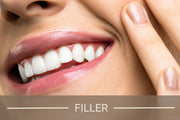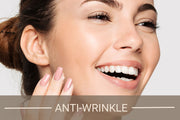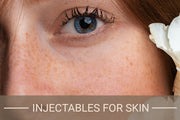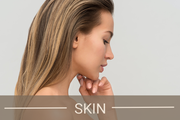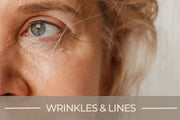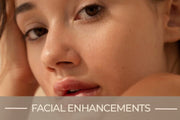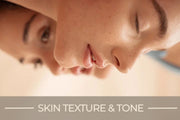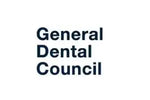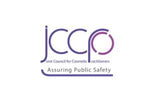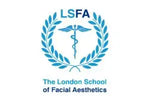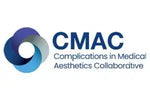Under-Eye Wrinkle Solutions: Botox, Fillers, Ultherapy, Peels
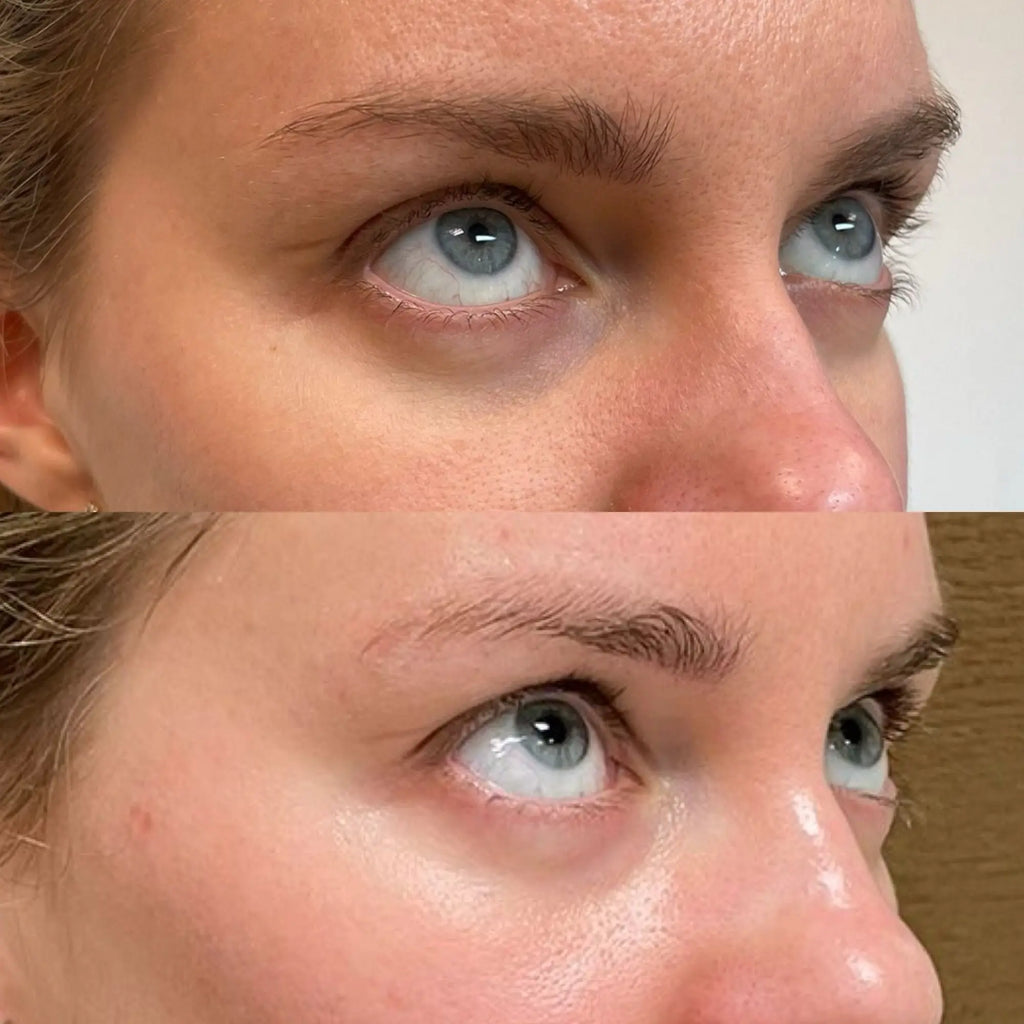
Content Verification

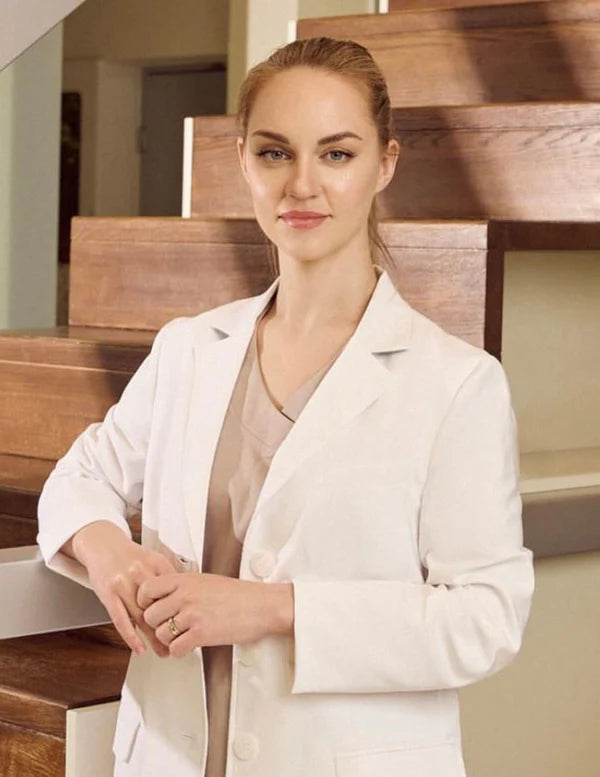

📝 Quick Summary 📝
- 👀 Botox, fillers, Ultherapy & peels can smooth under-eye wrinkles effectively.
- 💉 Botox relaxes muscles for a wrinkle-free look.
- 💧 Fillers restore volume and soften fine lines.
- ⚡ Ultherapy tightens skin with ultrasound energy — no downtime!
- 🍋 Peels refresh skin texture and brightness gently.
💡 Expert Advice & Tips 💡
- ✅ Consult a qualified pro to choose the best treatment for your skin.
- 🕒 Be patient—results often build gradually over days or weeks.
- 💧 Keep skin hydrated and protected from sun to prolong results.
- 💬 Ask questions about downtime, costs and expected outcomes upfront.
Under-eye wrinkles are one of the earliest and most noticeable signs of facial ageing. The skin beneath the eyes is thinner and more delicate, making it more prone to fine lines. Over time, collagen loss, sun exposure, and lifestyle habits can worsen these wrinkles and lead to tired-looking eyes.
Many people now seek safe and effective treatments for under-eye wrinkle removal. Cosmetic eye treatments are increasingly popular for those wanting to refresh their appearance without surgery. If you're wondering how to get rid of under-eye wrinkles, modern non-invasive options offer real solutions.
This article explores the best treatments for under-eye wrinkles, including Botox, fillers, Ultherapy and chemical peels. By the end, you’ll understand each option clearly and feel confident discussing the right solution with your practitioner.
What Causes Under-Eye Wrinkles?
Understanding what contributes to under-eye wrinkles is an important step in choosing the right treatment. Several natural and environmental factors work together to affect the appearance of fine lines under eyes.
As we age, our skin gradually loses collagen and elastin, the proteins responsible for firmness and elasticity. This breakdown is especially visible in the delicate skin beneath the eyes, often leading to the earliest signs of ageing under eyes. Dr. Giedre Narkiene, a medical doctor specialising in dermatology at It’s Me & You Clinic, explains:
"The skin around the eyes is extremely thin and lacks oil glands, which makes it more prone to early wrinkling. Collagen depletion, combined with repetitive movement and dryness, accelerates the formation of fine lines in this area."
In addition to ageing, sun exposure plays a significant role in the breakdown of skin structure. Ultraviolet (UV) rays damage collagen and speed up skin ageing, especially when sun protection is not used consistently. Smoking, poor hydration, and lack of sleep can also make under-eye wrinkles appear more pronounced.
Genetics and skin type are key contributors too. Some people naturally have thinner skin or deeper tear troughs, making wrinkles more visible earlier. Over time, these fine lines may deepen into more established wrinkles, especially without preventive care.
Botox for Under-Eye Wrinkles
Botox is one of the most frequently requested anti-wrinkle injections in the UK, especially for facial areas like the eyes. While it is not suitable for every case, it can be considered in carefully selected patients seeking to soften fine lines.
Botox works by temporarily relaxing specific facial muscles to reduce the appearance of dynamic wrinkles. Around the eyes, this may help minimise crow’s feet and, in some cases, fine lines under the eyes. Dr. Laura Geige, Medical Director and Senior Practitioner, notes:
"Botox can reduce muscle activity around the eyes, which in turn may soften expression lines. However, its use under the eyes requires careful assessment to avoid over-relaxation of delicate areas."
Treatment is typically quick, with minimal discomfort and no downtime. Results from Botox for under-eye wrinkles generally begin to appear within a few days and may last around three to four months. The effects are temporary and vary depending on individual factors such as skin condition, age, and muscle strength.
It’s important to weigh the pros and cons. While Botox may offer subtle smoothing, it’s not designed to address deeper volume loss or skin laxity. A consultation with a qualified medical professional is essential to determine whether anti-wrinkle injections are appropriate for your specific needs.
Dermal Fillers for Under-Eye Wrinkles
Dermal fillers are commonly used to restore volume and smooth out skin irregularities, including under-eye hollows and deeper wrinkles. These injectable gels can improve the appearance of tired eyes by filling the tear trough area and softening shadowing or creasing.
Unlike Botox, which temporarily relaxes muscle movement, fillers work by physically lifting and supporting the skin. This helps reduce the visibility of fine lines and under-eye depressions. Dr. Snieguole Geige, Dentist and Medical Doctor, explains:
"Tear trough fillers can provide subtle yet significant improvement in volume loss beneath the eyes. They are particularly useful when wrinkles are caused by structural changes rather than muscle activity."
Fillers are often composed of hyaluronic acid, a substance found naturally in the skin. When injected properly, they can last between six to twelve months, depending on the product used and the individual's metabolism. The treatment is typically well tolerated, although bruising and swelling can occur temporarily.
Dermal fillers for eye wrinkles are best suited for patients experiencing volume loss or deeper under-eye lines, rather than superficial creases. In the UK, tear trough fillers must be administered by qualified professionals with appropriate anatomical knowledge, as the under-eye area is highly delicate. A full consultation is necessary to assess risks, expectations, and suitability for treatment.
Ultherapy for Under-Eye Rejuvenation
Ultherapy is a non-surgical eye treatment that uses focused ultrasound energy to stimulate the body’s natural collagen production. It is designed to lift and tighten skin gradually, making it a potential option for those looking to improve under-eye laxity without injections.
The treatment works by delivering precise ultrasound energy to targeted layers beneath the skin. This energy triggers collagen renewal, helping to firm the tissue and improve skin structure over time. Dr. Giedre Narkiene, dermatologist, notes:
"Ultherapy offers a non-invasive approach to skin tightening that can be suitable for the under-eye area. By stimulating collagen deep within the skin, it may support a gradual lifting effect."
Ultherapy for the under-eye area is generally considered when skin appears mildly loose rather than heavily wrinkled or sunken. Because it does not involve needles or surgical intervention, downtime is minimal—most people resume normal activities the same day. Mild swelling or sensitivity can occur but usually resolves quickly.
Visible improvements tend to develop slowly, often taking two to three months as collagen builds. Some patients may require a repeat session after one year, depending on the desired outcome and skin response. As with all non-surgical eye treatments, results vary and a detailed consultation is essential to determine suitability and expectations.
Chemical Peels for Wrinkles Under Eyes
Chemical peels are a non-invasive treatment designed to improve skin texture, tone, and brightness. When applied carefully to the under-eye area, certain peels may help smooth fine lines and promote a more refreshed appearance.
Peels work by removing the outermost layer of dead skin cells, allowing newer, healthier skin to surface. This process can stimulate mild collagen production and improve the overall quality of thin skin under the eyes. Dr. Laura Geige, explains:
"Light chemical peels may help reduce superficial wrinkles and uneven pigmentation in the under-eye area. However, not all skin types are suitable, and correct formulation and depth are essential for safety."
Light peels, such as those containing alpha hydroxy acids (AHAs), are most commonly used for delicate areas like the eyes. Medium-depth peels, which penetrate further into the skin, must be used with greater caution and only under expert supervision. These peels can offer more noticeable results but carry a higher risk of irritation or prolonged redness.
Recovery time depends on the strength of the peel, ranging from mild flaking to a few days of sensitivity. Candidates with early signs of ageing or sun damage under the eyes may benefit most. As with any aesthetic treatment, personalised assessment is necessary to minimise risks and maximise results.
Choosing the Right Treatment for You
Selecting the best eye wrinkle treatment options depends on individual goals, including the depth of wrinkles, skin texture, and budget. Fine lines may respond well to gentler procedures, while deeper wrinkles or volume loss often require more targeted treatments.
Combination approaches can offer enhanced results. For example, some patients benefit from Botox alongside chemical peels to both relax muscles and improve skin quality. Such customised anti-ageing treatments are increasingly popular for achieving natural, balanced outcomes.
It is essential to consult a qualified medical professional who specialises in cosmetic eye treatments. They can assess your skin, discuss realistic expectations, and recommend the safest, most effective plan tailored to your needs. Avoid unregulated providers to reduce risks and ensure the best possible results.
Taking time to explore your options and receive expert advice will help you choose the treatment or combination that best suits your under-eye concerns.
The Bottom Line
There are several safe and effective options for treating under-eye wrinkles, including Botox, fillers, Ultherapy, and chemical peels. The best treatment for under-eye wrinkles depends on individual needs and goals. Ageing eyes can be rejuvenated with the right cosmetic procedures for eyes, helping restore a youthful appearance. It is important to seek expert advice from qualified professionals to choose the most suitable and safe treatment for you.
Disclaimer: This article is for informational purposes only and does not constitute medical advice. Always consult with a qualified healthcare provider before undergoing any treatment.
